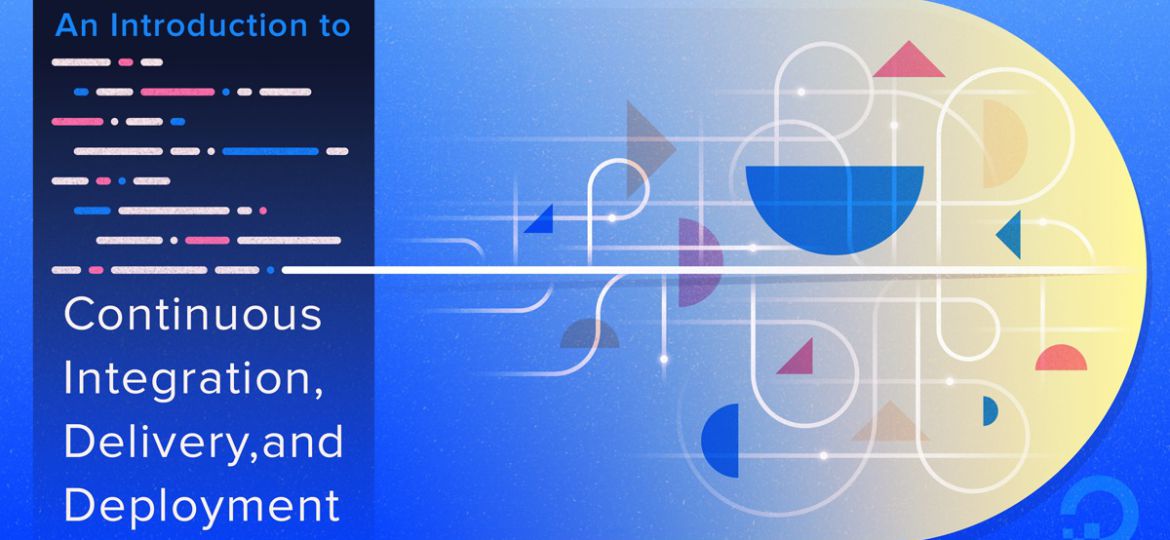
In the dynamic realm of software development, efficiency and quality are paramount. Continuous Integration (CI) and Continuous Deployment (CD) have emerged as essential practices to streamline development processes. LeMeniz, a frontrunner in software development, has perfected strategies that enhance CI/CD pipelines for maximum effectiveness and reliability. In this blog, we’ll uncover LeMeniz’s strategies for successful Continuous Integration and Deployment.
- Automating Excellence: LeMeniz recognizes the central role of automation in CI/CD success. They prioritize the automation of build, testing, and deployment procedures. This minimizes human error and ensures that every code change maintains consistent quality.
- Testing Early, Testing Often: LeMeniz places a strong emphasis on early and frequent testing. By integrating testing within the CI process, they identify issues at an early stage, preventing potential bugs from escalating and leading to higher code quality.
- Version Control Mastery: LeMeniz is committed to version control excellence. They rely on systems like Git to facilitate traceability, reversibility, and collaborative coding. This ensures smooth teamwork and minimizes code conflicts.
- Microservices Empowerment: Microservices architecture is a cornerstone of LeMeniz’s strategy for efficient deployment. Breaking down applications into manageable components enables independent testing, deployment, and scaling, reducing risks and downtime.
- Infrastructure as Code (IaC) Adherence: LeMeniz embraces Infrastructure as Code (IaC) to automate infrastructure provisioning. This approach ensures consistency across development, testing, and production environments, mitigating configuration discrepancies.
- Docker for Containerization: Containerization, championed by LeMeniz, is powered by Docker. By creating isolated environments, they package applications and dependencies consistently across different CI/CD pipeline stages.
- Monitoring and Iteration: Monitoring in production environments is a key focus for LeMeniz. They establish feedback loops to promptly detect issues and gather performance data, enabling continuous improvement.
- Gradual Rollouts and Safety Nets: LeMeniz employs gradual rollouts and rollbacks during deployments. This strategy minimizes user impact by incrementally introducing changes and provides the flexibility to revert to previous versions if needed.
Conclusion: LeMeniz’s Continuous Integration and Deployment strategies reflect their dedication to delivering exceptional software efficiently. By prioritizing automation, rigorous testing, version control, microservices, IaC, Docker, monitoring, and cautious deployment tactics, LeMeniz ensures that software releases are seamless, dependable, and of superior quality. By adopting these strategies, inspired by LeMeniz’s expertise, software development teams can optimize their processes, enhance productivity, and attain remarkable success in the ever-evolving software development landscape.














